Space
Sign up for our newsletter
We summarize the week's scientific breakthroughs every Thursday.
-
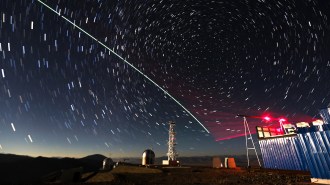 Quantum Physics
Quantum PhysicsAliens could send quantum messages to Earth, calculations suggest
Scientists are developing quantum communications networks on Earth. Aliens, if they exist, could be going further.
-
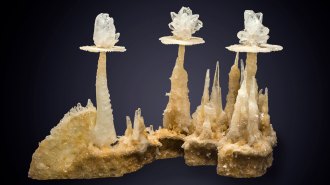 Planetary Science
Planetary ScienceA new look at the ‘mineral kingdom’ may transform how we search for life
A new census of Earth’s crystal past hints that life may have begun earlier than expected, and could be a tool to look for water and life elsewhere.
By Asa Stahl -
 Earth
Earth50 years ago, a new theory of Earth’s core began solidifying
In 1972, scientists proposed that Earth’s core formed as the planet came together. Fifty years later, that theory is generally accepted, though many mysteries about the core remain.
By Nikk Ogasa -
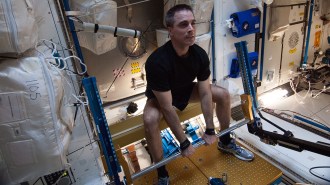 Space
SpaceSix months in space leads to a decade’s worth of long-term bone loss
Even after a year of recovery in Earth’s gravity, astronauts who’d been in space six months or more still had bone loss equal to a decade of aging.
By Liz Kruesi -
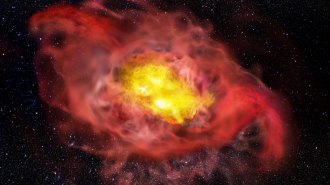 Astronomy
AstronomyAn otherwise quiet galaxy in the early universe is spewing star stuff
Seen as it was 700 million years after the Big Bang, the galaxy churns out a relatively paltry number of stars. And yet it’s heaving gas into space.
By Liz Kruesi -
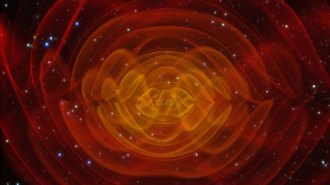 Astronomy
AstronomyGravitational wave ‘radar’ could help map the invisible universe
Gravity ripples scattering off warped spacetime near massive objects might help astronomers peer inside stars and find globs of dark matter.
By Asa Stahl -
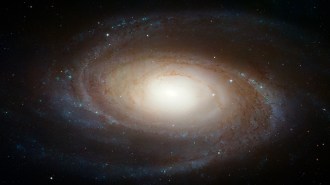 Astronomy
AstronomySeven newfound dwarf galaxies sit on just one side of a larger galaxy
Seven newly found dwarf galaxy candidates are stick to just one side of the large galaxy M81. Astronomers don’t know why.
By Liz Kruesi -
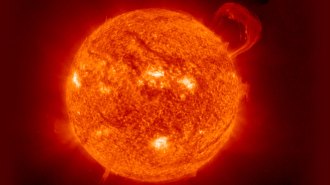 Astronomy
AstronomyNeutrinos hint the sun has more carbon and nitrogen than previously thought
Scientists still don’t know the sun’s exact chemical composition, which is crucial for understanding the entire universe. Neutrinos will help.
By Ken Croswell -
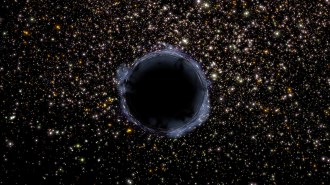 Astronomy
AstronomyA celestial loner might be the first known rogue black hole
The object could be the first isolated stellar-mass black hole identified in the Milky Way — or it might be an unusually heavy neutron star.
-
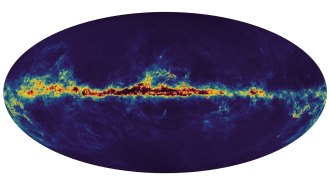 Astronomy
AstronomyNew Gaia data paint the most detailed picture yet of the Milky Way
Gaia’s new data can tell us about galaxies the Milky Way has swallowed, the young solar system and asteroids that could hit Earth.
By Asa Stahl -
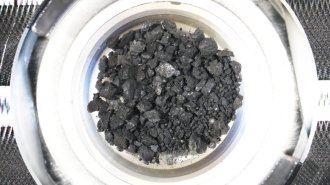 Planetary Science
Planetary ScienceSamples of the asteroid Ryugu are scientists’ purest pieces of the solar system
Samples Hayabusa2 brought to Earth from asteroid Ryugu are far fresher than similar types of meteorites that scientists have found.
By Liz Kruesi -
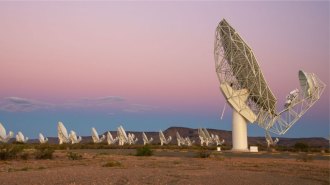 Astronomy
AstronomyA newfound, oddly slow pulsar shouldn’t emit radio waves — yet it does
The highly magnetic neutron star rotates three times slower than the previous record holder, challenging the theorical understanding of these objects.
By Liz Kruesi